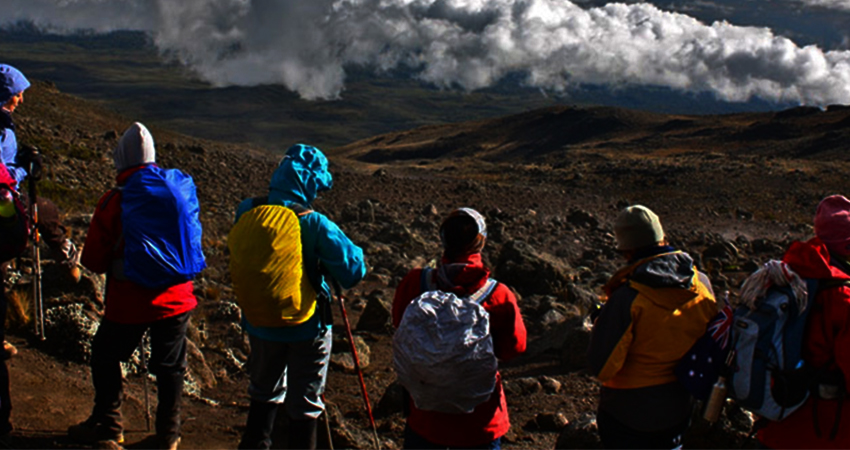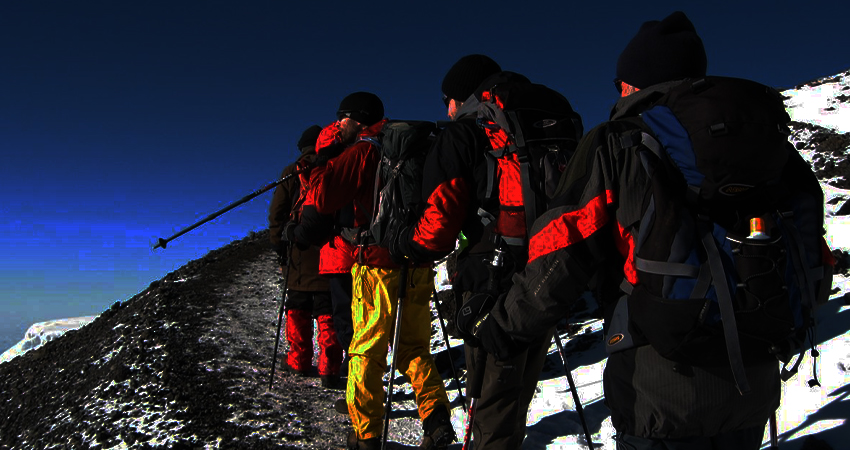About Kilimanjaro
Mount Kilimanjaro is the tallest mountain in Africa. It stands an impressive 19,341 feet tall over the Tanzanian plains. Mount Kilimanjaro is also the tallest free-standing mountain in the world, meaning it is not part of a mountain range (such as Mount Everest and the Himalayans).
Many people climb Kilimanjaro every year. The activity is not just for hard core backpackers and experienced mountaineers. Everyday people, including accountants, engineers, food servers and teachers, successfully reach the top. Children as young as 6 years old and seniors as old as 82 years old have done it. Experts agree that anyone who is in average physical shape can climb Kilimanjaro, which is why the mountain is so popular amongst the general adventure seeking population. No technical mountaineering ability is required.
There are six major routes on Mount Kilimanjaro. Each is well maintained, and each route has different pros and cons. Foot traffic on the routes is regulated by the Kilimanjaro National Park Authority. It is required to have a guide while trekking on Kilimanjaro, and there is no shortage of guide operators who can take you to the summit.
The weather on the mountain varies widely depending on the elevation and season. It can be extremely cold near the summit, so warm, windbreaking clothing is a necessity. Heavy rain is also possible at any time, so quality waterproof gear is mandatory. All climbers should be well equipped.
The best time to climb Kilimanjaro is during the dry season. January, February, July, August, September, October are the best months to go. The rainy season occurs during the months of March, April, May, June, November and December


